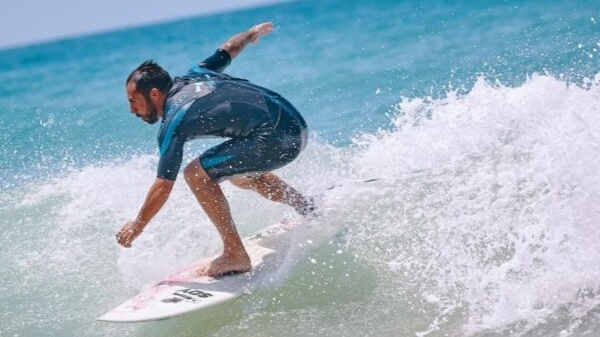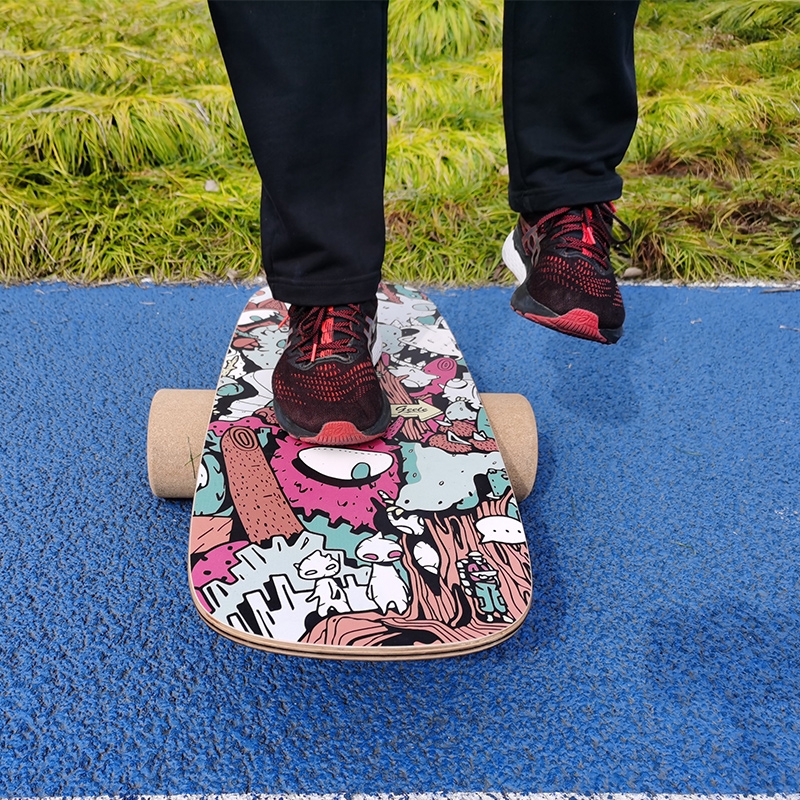
Advanced Balancing Board Techniques: Taking Your Skills to the Next Level
So you’ve mastered the basics of balancing on a rocker or wobbleboard. You can tilt and pivot with ease. Now you’re ready to take your

Balancing boards provide an effective full-body workout, but the unstable surface can also lead to falls and injuries if proper precautions aren’t taken. By following some basic safety tips, you can get all the benefits of balancing board training while minimizing risk.
This comprehensive guide covers the essential safety advice you need to protect yourself and have an effective workout.

Exercising safely on a balancing board has many advantages:
Putting safety first ensures you get to enjoy all of the balance and coordination benefits without unnecessary risk.
Follow these essential tips whenever using a balancing board:
Balancing boards put you at risk of certain injuries. Use these methods to help avoid them:
Exercise-specific precautions also help avoid injury:

Certain tips apply more for beginner, intermediate and advanced users:
Knowing the right tips for your skill level helps avoid taking on too much risk. Progress patiently through beginner to advanced skills.
You also need to ensure a safe workout environment:
Take time to survey your workout space before hopping on the board to prevent environmental hazards.

Most importantly, listen to the signals your body gives related to pain and fatigue. Stop immediately if:
It’s better to end a session early than to push through pain and suffer a serious injury. Don’t ignore warning signs.
Make balancing board training safer and more enjoyable by applying these essential tips. Protect your body so you can continue building your balance skills for years to come. Stay safe and have fun!


So you’ve mastered the basics of balancing on a rocker or wobbleboard. You can tilt and pivot with ease. Now you’re ready to take your

Store-bought balancing boards can be expensive, costing anywhere from $50 to over $200. But with some simple tools and materials, you can make your own

Balancing board training has become a popular way to challenge your coordination and engage those all-important core muscles. Unlike stable machines at the gym, balancing

Balancing boards, also known as balance boards or wobble boards, have become incredibly popular workout tools in recent years. These unstable platforms provide a fun

Balancing boards provide an effective full-body workout, but the unstable surface can also lead to falls and injuries if proper precautions aren’t taken. By following

So you’ve mastered the basics of balancing on a rocker or wobbleboard. You can tilt and pivot with ease. Now you’re ready to take your

Store-bought balancing boards can be expensive, costing anywhere from $50 to over $200. But with some simple tools and materials, you can make your own

Balancing board training has become a popular way to challenge your coordination and engage those all-important core muscles. Unlike stable machines at the gym, balancing
Copyright © 2024 equistablebalancingboard. All Rights Reserved.